For many Americans, choosing the right broadband provider for their neighborhood can feel overwhelming. With so many options available, each promising lightning-fast speeds and unbeatable reliability, how do you know which one truly delivers? The answer often depends on where you live, your budget, and what you need from your internet connection. This report dives into the realities of community broadband comparisons across the U.S., examining regional disparities, hidden costs, and the evolving landscape of high-speed internet access.
Location plays a crucial role in determining your broadband options. Urban areas typically enjoy a competitive market with multiple providers offering fiber-optic, cable, and DSL services. Cities like New York, Los Angeles, and Chicago boast extensive coverage from major players such as Comcast Xfinity, Charter Spectrum, and Verizon Fios. However, even within these metropolitan areas, service quality can vary dramatically from one block to another. Apartment buildings might have exclusive deals with certain providers, while single-family homes nearby could face entirely different choices.
Suburban communities often find themselves in a middle ground. They usually have access to decent cable internet speeds but may lack the cutting-edge fiber networks increasingly common in cities. The presence of local municipal broadband initiatives in some suburbs has begun changing this dynamic, offering residents an alternative to national providers. These community-run networks frequently provide faster speeds at lower prices, though their availability remains spotty across the country.
Rural broadband continues to lag behind urban and suburban services in both speed and availability. Many remote areas still rely on outdated DSL connections or expensive satellite internet, despite federal programs aimed at closing the digital divide. The recent expansion of fixed wireless access and low-earth orbit satellite services like Starlink has brought some relief, but these technologies come with their own limitations. Data caps, weather-related disruptions, and high equipment costs can make them impractical for some households.
The actual performance of broadband services often differs from advertised claims. Independent studies consistently show that most Americans receive speeds significantly lower than what their providers promise. This gap between marketing and reality stems from several factors, including network congestion during peak hours, outdated infrastructure, and the practice of advertising "up to" speeds rather than guaranteed minimums. Consumers in neighborhoods with newer infrastructure generally experience smaller discrepancies between advertised and actual speeds.
Pricing structures add another layer of complexity to broadband comparisons. Introductory rates that skyrocket after twelve months, hidden fees for equipment rentals, and mandatory bundling with television or phone services can make true cost comparisons challenging. Some providers have begun offering straightforward pricing models in response to consumer complaints, but these remain the exception rather than the rule. Neighborhoods with more provider competition tend to benefit from more transparent pricing and better deals.
Customer service quality varies widely among providers and can significantly impact the overall internet experience. Residents in communities served by smaller regional providers often report higher satisfaction levels compared to those dealing with national corporations. Response times for technical issues, clarity of communication about outages, and flexibility in addressing billing concerns all contribute to these perceptions. Some municipalities that operate their own broadband networks pride themselves on superior customer service as a key differentiator from commercial providers.
The future of neighborhood broadband looks increasingly diverse. 5G home internet services are beginning to challenge traditional wired connections in some areas, particularly where Verizon and T-Mobile have rolled out robust networks. Meanwhile, community broadband projects continue gaining traction as viable alternatives in both urban and rural settings. These developments suggest that Americans may soon have more meaningful choices when selecting internet service for their homes, though the timeline for widespread improvements remains uncertain.
When evaluating broadband options for your community, consider both current needs and future requirements. The rise of remote work, online education, and bandwidth-intensive entertainment means that adequate internet access has become essential rather than optional. Neighborhood forums, local government resources, and independent speed test data can all provide valuable insights beyond provider marketing materials. As the broadband landscape evolves, staying informed remains the best strategy for securing reliable, affordable internet service tailored to your specific location and needs.

By Grace Cox/Apr 14, 2025

By Emma Thompson/Apr 14, 2025

By Daniel Scott/Apr 14, 2025
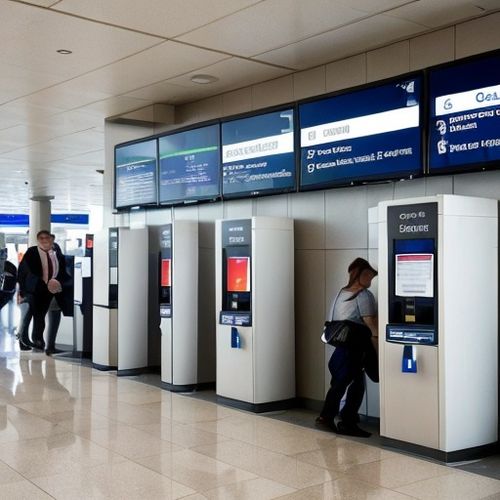
By Rebecca Stewart/Apr 14, 2025

By Emily Johnson/Apr 14, 2025

By Megan Clark/Apr 14, 2025
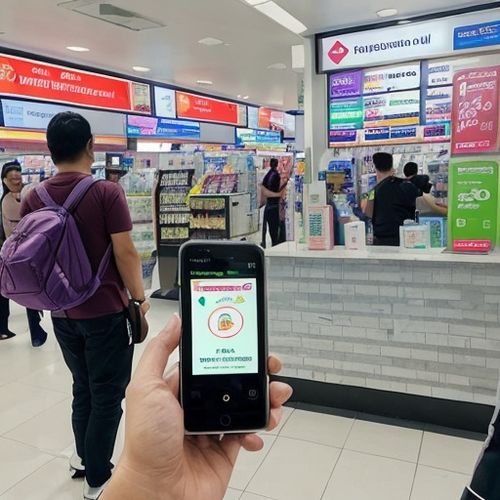
By Emma Thompson/Apr 14, 2025

By Grace Cox/Apr 14, 2025
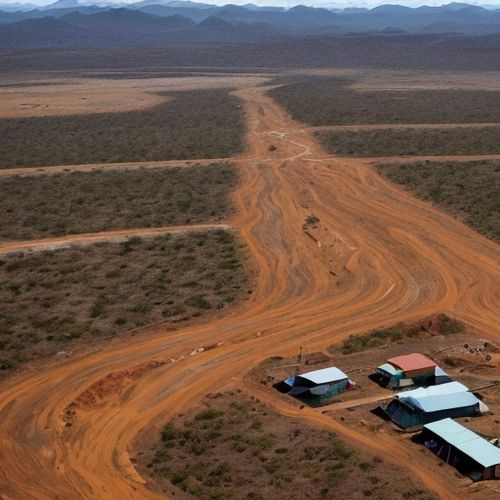
By Christopher Harris/Apr 14, 2025
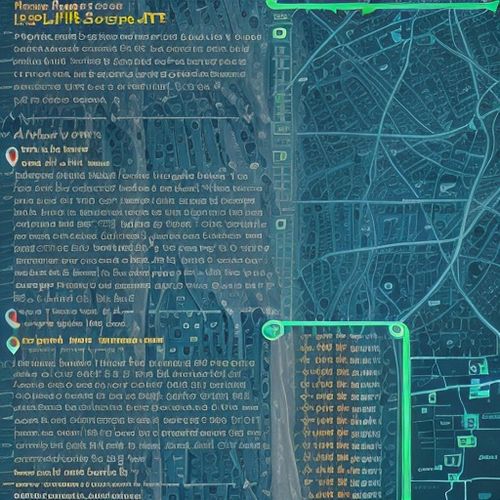
By Joshua Howard/Apr 14, 2025
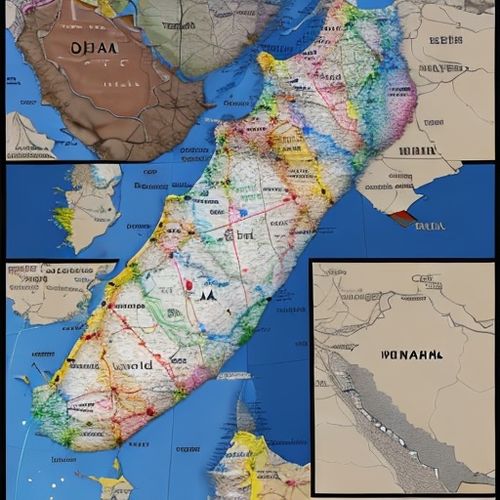
By Noah Bell/Apr 14, 2025

By Grace Cox/Apr 14, 2025
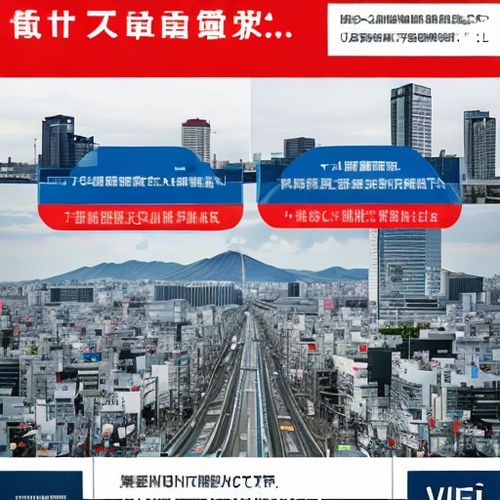
By Joshua Howard/Apr 14, 2025

By Victoria Gonzalez/Apr 14, 2025
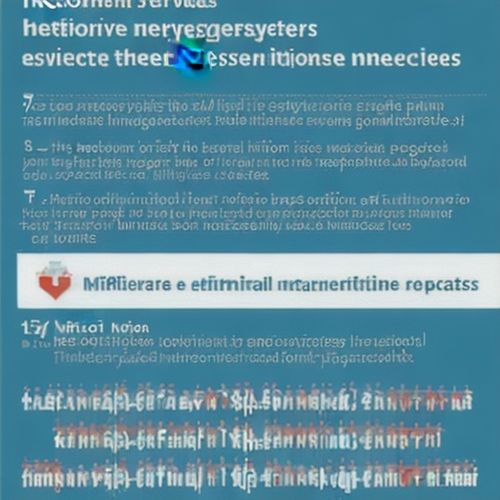
By Grace Cox/Apr 14, 2025

By Christopher Harris/Apr 14, 2025

By Lily Simpson/Apr 14, 2025

By Laura Wilson/Apr 14, 2025

By Michael Brown/Apr 14, 2025

By Noah Bell/Apr 14, 2025